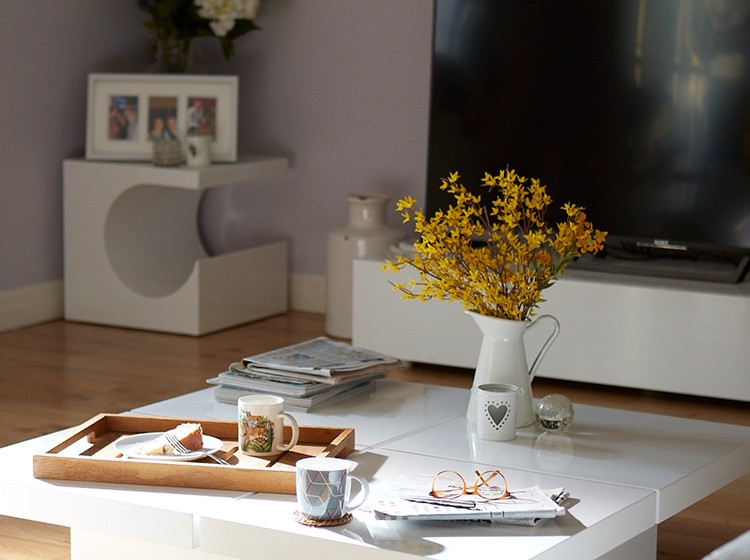Calculating the value of your home contents
Avoid the risk of underinsurance. Take the time to calculate how much the contents in your home are worth.

When you get a quote from us, it's important that you provide us with an accurate contents replacement value.
What is contents replacement value?
Contents replacement value is how much it would cost to replace all of your contents if you were to make a claim where all of it were lost or destroyed.
Having a contents replacement value that is less than the cost to replace your contents could leave you at risk of underinsurance if you need to make a claim.
What is underinsurance?
Underinsurance occurs when the value of a claim is greater than the total amount of cover you have on a policy. For example, the cost to replace your contents may be £40,000 however when taking out your policy you may have valued them to be only £20,000. Here you would be 50% underinsured.
If you were to make a claim, we will not pay more than the sum insured. Even if the amount of the claim is less than the total sum insured, we may not pay the full amount of the claim. This means you'd have to pay the rest yourself.
How to avoid being underinsured?
The best way to avoid being underinsured is to have a contents replacement value that wholly reflects how much it would cost to replace all of your contents.
Remember, you can think of contents as anything that would fall out if you were to turn your house upside down.
How to accurately calculate contents replacement value
The most effective way to calculate your contents replacement value is to go through your home room-by-room and add up what is in each.
To help you do this we've put together a contents calculator checklist that you can print off and fill-in while doing the assessment of each room in your home.
Things to consider
Average home contents value
The average value of a home's contents is £51,000*.
*Confused.com data, April - June 2024.
Unspecified single article limit
We, along with other insurers, will have an unspecified single article limit on our home insurance policies. This is the maximum amount of cover we will provide for a single piece of contents that isn't specifically listed on the policy.
When getting a quote it's important that you are aware of the unspecified article limit, otherwise items worth more than the limit that are lost, damaged or stolen may not be covered.
When doing an assessment of your contents before getting a quote you should consider the cost to replace specific items, and, if any are above the unspecified single article limit provided by the insurer, you should name them on the policy. An example of items that might need specifying are bespoke or high value furniture or high-end appliances you may have in the home.
Valuables
You might find that you need to specifically list items as valuables when you get a quote that would cost less to replace than the unspecified single article limit.
This is because these items, such as jewellery and watches, are considered 'valuables' and of greater risk of theft than non-valuables that would cost more to replace.
Contents away from the home
We, along with other insurers, only insure contents when they are in your home or garden. So, if you would like to insure items, e.g. laptops, mobile phones, so that they are covered when you take them outside of your home or garden you'll need to add the relevant cover to your policy.
Make sure you are covered fully
Making sure that you have the correct contents replacement value on your contents insurance is important. Take out too little, and your policy may not pay out enough to replace all of your possessions in the event they are all lost.
So, take the time to calculate the cost of the items in your home. Don't forget things that might not immediately spring to mind as being contents like curtains, carpets and kitchen appliances.
